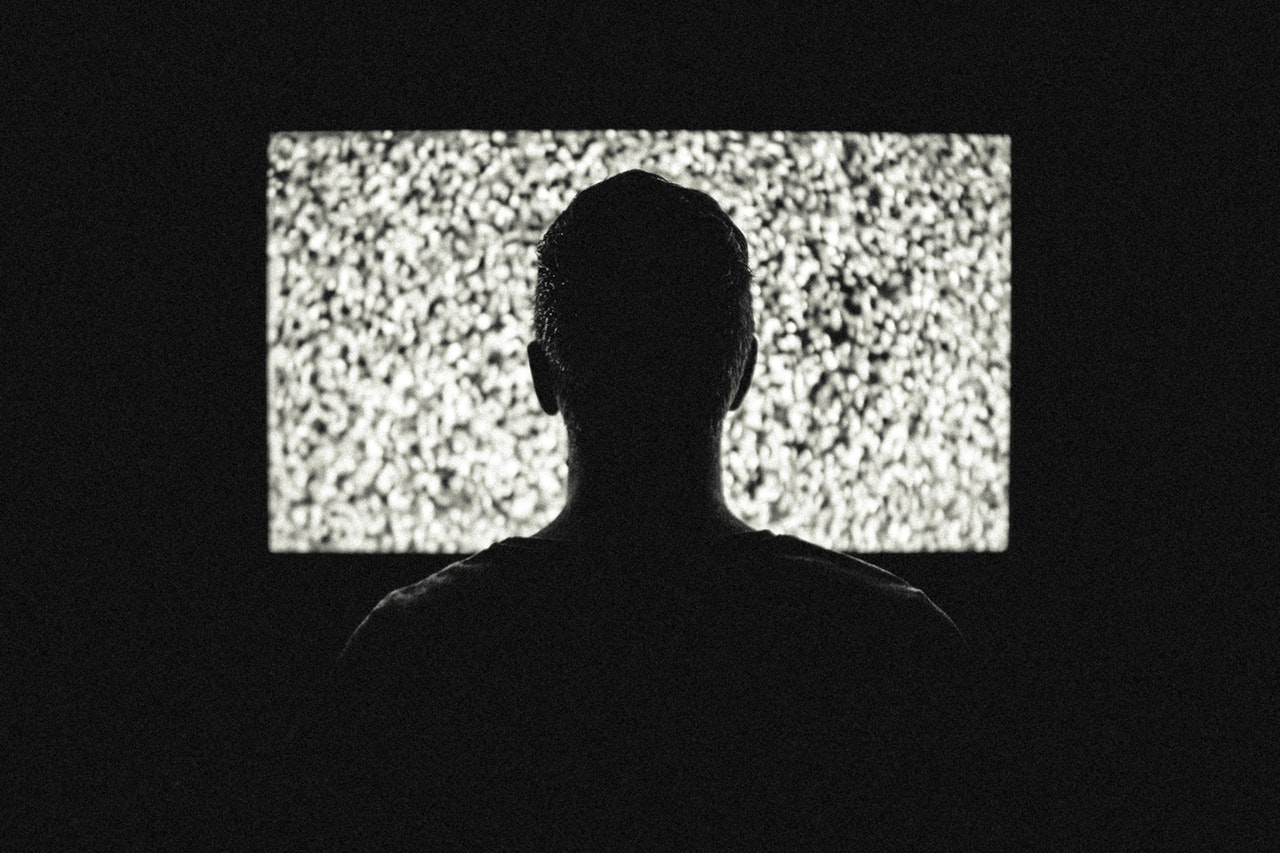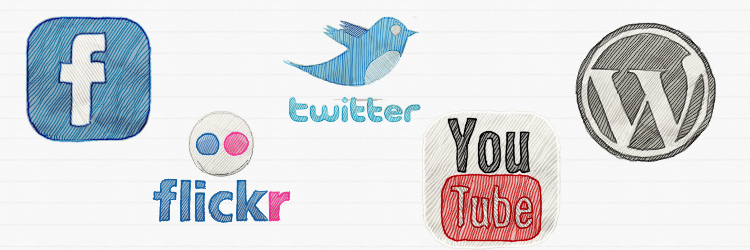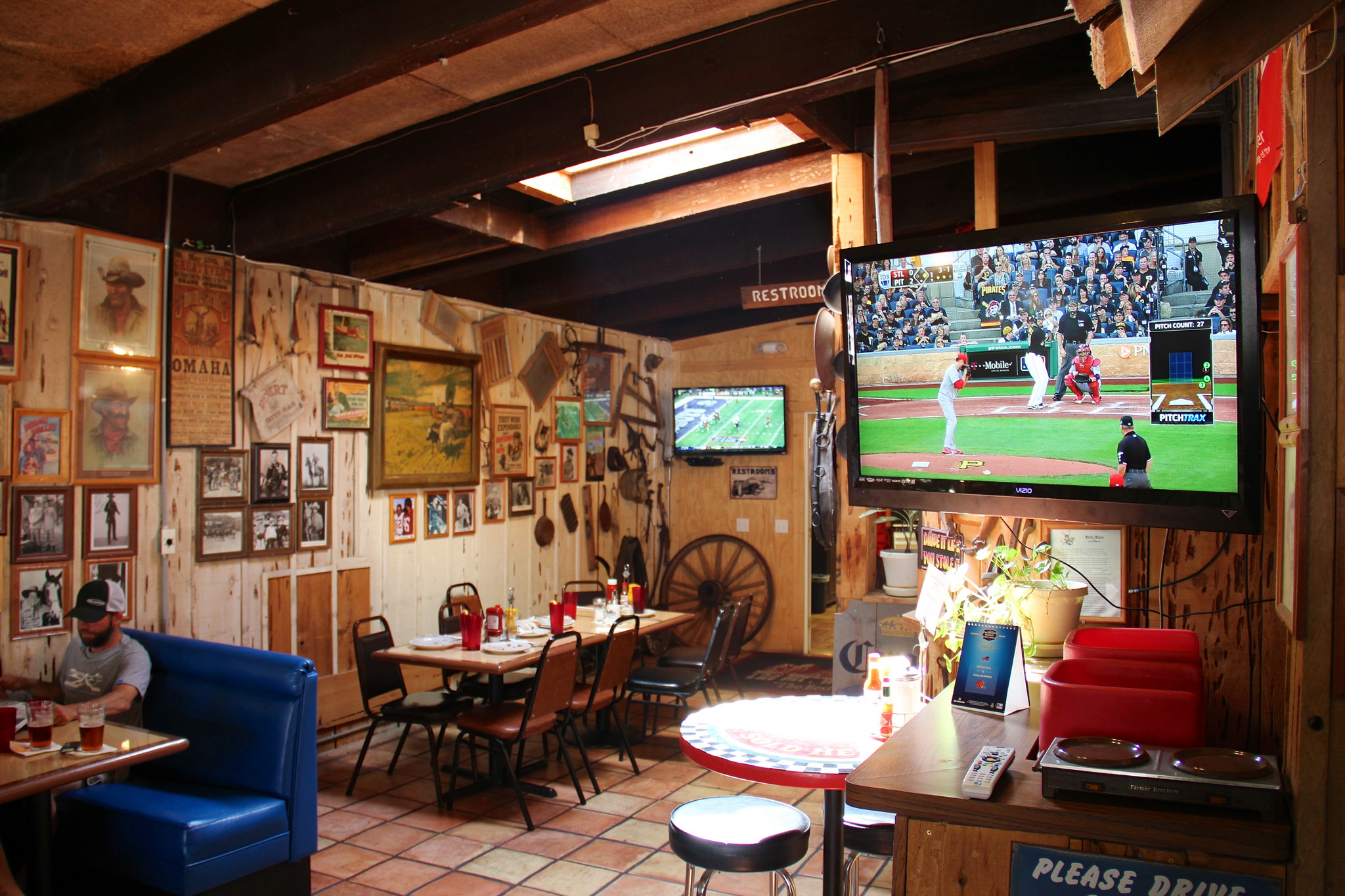Digital signage is an awesome tool to channel content to a wide amount of people. It is much discussed how digital signage can be used and what type of content you can display, but rarely directly about how to actually create it. Whilst every industry has unique content creation methods, there is one type of content that can be utilized in most cases.
Live content offers a variety of information for longer periods of time which helps not only to provide current data to your viewers, but it also helps make your digital signage campaigns more diverse and effective.
What is live content?
Live content is pretty self explanatory, but for the sake of seeing the broader picture and how it can be used, live content can include sport scores, social media feeds, interactive video streaming, weather updates, livestreams, and live updates on current events, to name a few.
Live content can be particular in certain industries, such as arrival and departure times in public transportation, which can be displayed both at a bus or train station, or even in locations that benefit from this information. A restaurant near the station, or even a college campus with a lot of travelling students would greatly benefit from this type of content.
The benefits of live content are vast
A common problem for many digital signage networks is repetitive content. Sure, you have great content including offers, ads, or special promotions, but if you don’t have a variety of content types, it can get a bit boring for your audience. Also, if you constantly display marketing content, your digital signage becomes labeled as just an advertising space and people pay less attention to it. Live content diversifies your campaigns.
Live content also helps build genuine connections. It provides information which is current and relevant, which builds a stronger connection between the brand and its audience. By displaying content which is current, relevant to the time and mood of the audience, the connection strengthens.
Using social media in your campaigns
We’ve focused on this subject quite a bit in the past, how social media should be used properly and what its benefits are. Now, let’s briefly take a look at what it brings to the table from the live content perspective.
There are several benefits from pushing social media to your screens. Social media engages customers and lets them express their thoughts. It provides lots of fresh content you can use with plenty of it to choose from. We’ve already mentioned balancing out promotional content and social media is one of the best ways to do so because it utilizes direct content from your audience.
Social media is a great way to give your audience a breath of fresh air from all the promotions and advertising. What’s better is that it does this without stepping too far beyond the realm of marketing. Free word-of-mouth advertising delivered in an entertaining package makes social media the most versatile source of live content for your campaigns. Despite its power, though, keep in mind that everything should be displayed in moderation lest it becomes boring.
The legal side of using live content
Which content can you use without worrying about legal implications? Now, for the majority of live content mentioned this is not a problem. Apps commonly used by digital software, such as social feeds or weather are ok to use. The question arises when using content such as news or shows.
With content like news, it becomes rather unclear in which capacity it may be broadcasted. Most content may be used under what is considered “fair use,” but a lot remains unclear, and there are no direct answers available. One could argue this is due to the fact that broadcasting such content doesn’t hurt anyone, thus there is not much focus cast on it.
With content for entertainment, it’s a bit different. As you probably know, it’s common for bars to reproduce shows the community is interested in and wants to watch together in the company of friends. This is common for sports but also for premieres or episodes of series with large following such as Game of Thrones: Gigaom discussed this subject a while ago and came to some interesting conclusions.
The answer to what is legal varies on the type of content and more, as there are many different answers to every specific situation. For instance, one example states that it’s legal to broadcast the World Series on Fox provided that you don’t charge admission, your establishment has less than 3,750 square feet of space, and that you have no more than four television screens showing the broadcast, none of which are more than 55 inches. (Check out law.cornell.edu for more information). Additionally, without a license you can’t stream live sports, which applies both in the US and the UK.
Live content is a great source for your digital signage campaigns. By using content from social media and news to livestreaming sports and shows, your content will be richer and more diverse.
We’ve scratched the surface of the legal side of live content and we’ve seen there are varying answers to each individual situation. If you do plan on showing movies, series or sports, be sure to explore the legal side of broadcasting to avoid any legal issues. With that in mind, do not be intimidated because despite it appearing as a challenge, streaming live content is a great asset to your digital signage campaigns.
Images by Daveynin and Sean MacEntee










